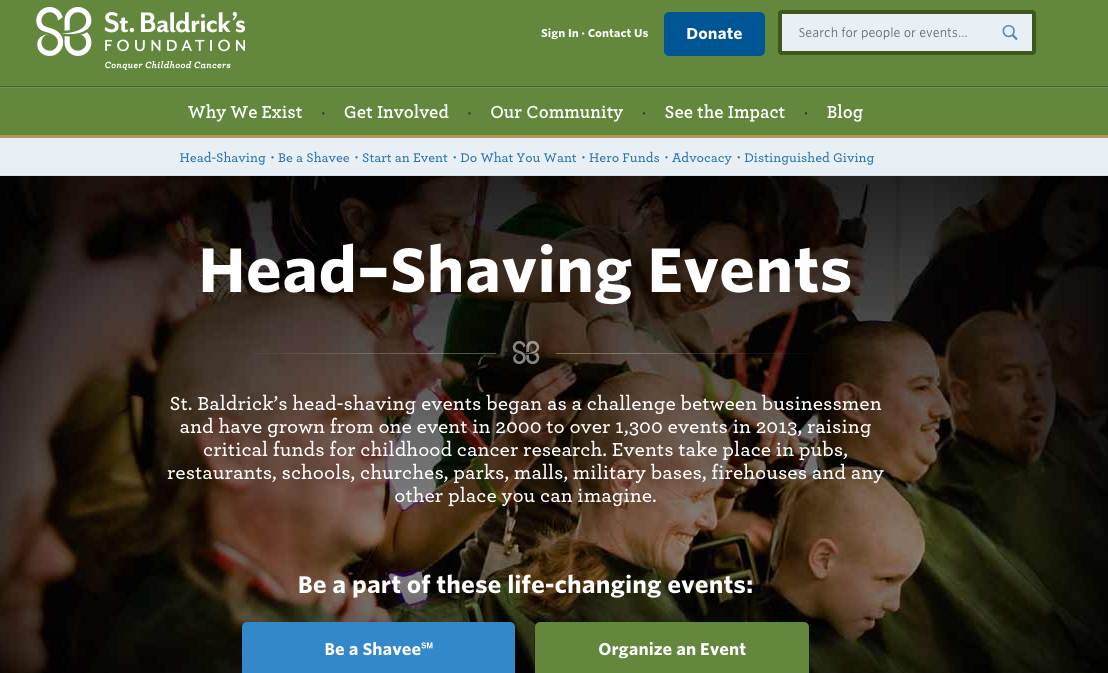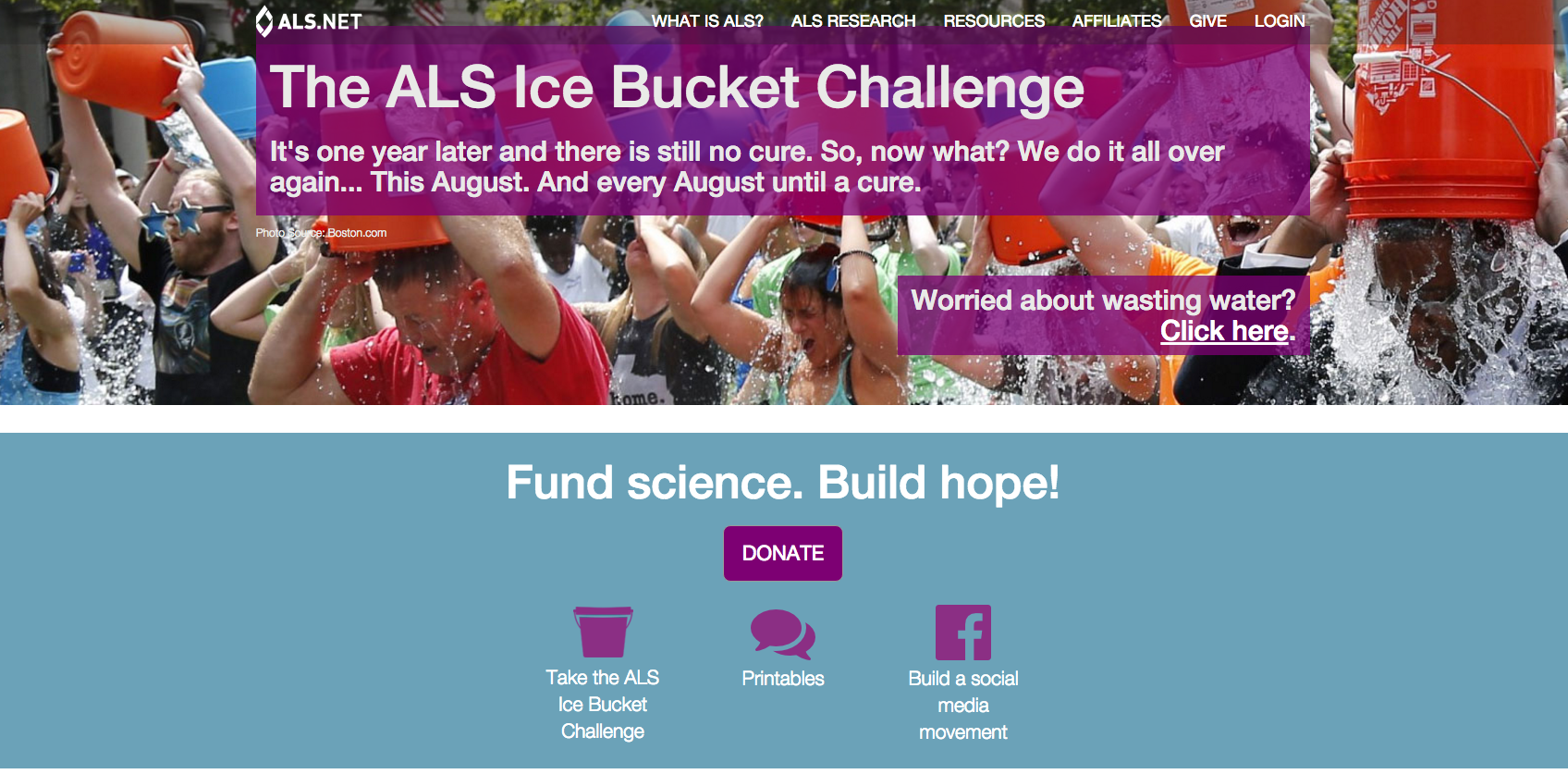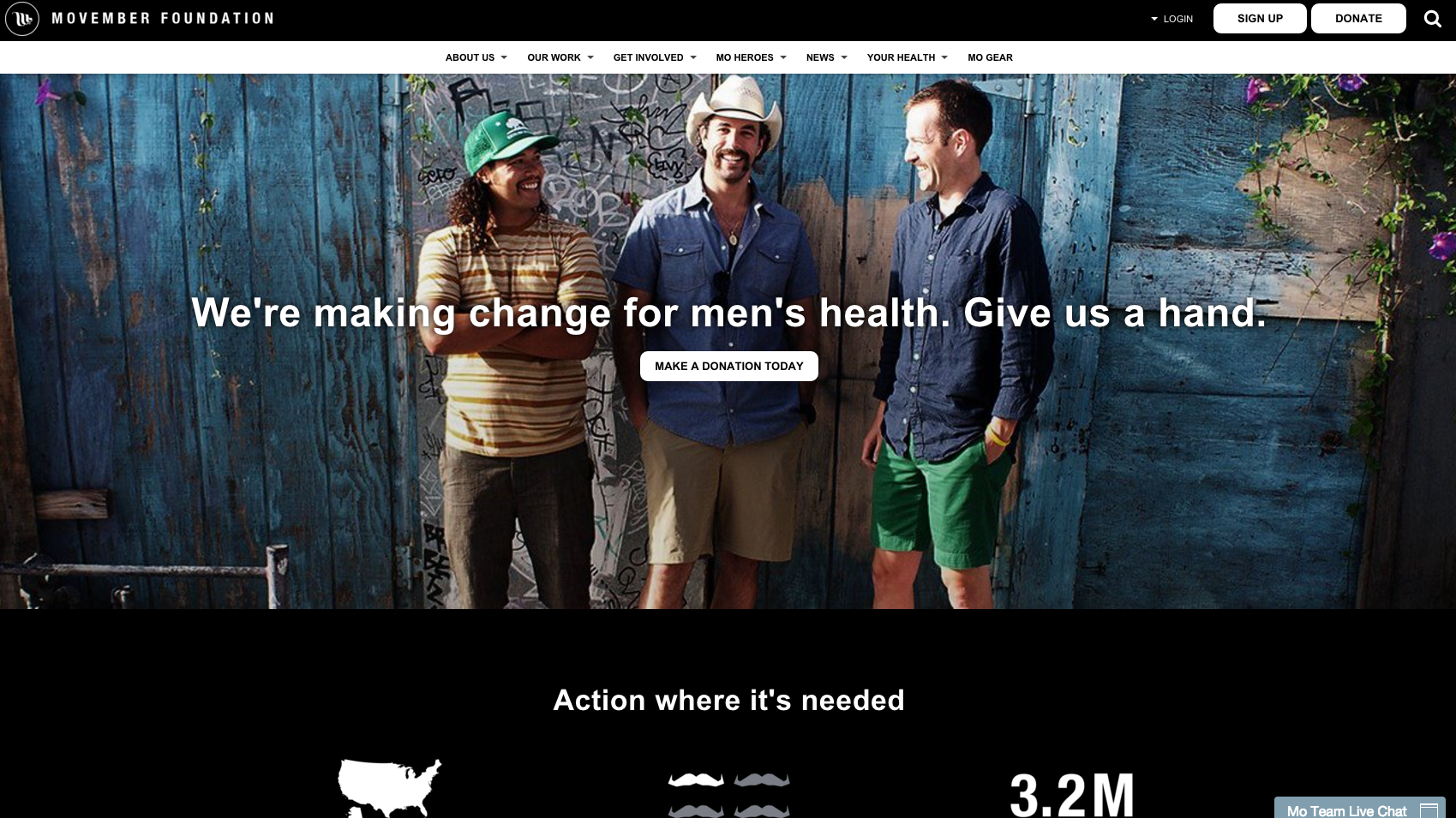If you are a nonprofit, you are probably working with minimal resources, time constraints, and a limited reach. You need funds, but the idea of running a traditional giving campaign via bulk mail may seem expensive, time-consuming, and will likely eat up one-too-many work hours.
The solution for you just may be peer-to-peer fundraising events.
Peer-to-peer fundraising events are a superb way to organically grow awareness of your organization by building on your existing relationships. Do you want word of your group’s mission to spread like wildfire? Try organizing an interesting event that brings together your current stakeholders, as well as their contacts.
Events truly are a great way to engage in peer-to-peer fundraising, and activities can range from special events to personal challenges.
This technique encourages a different type of donor to become involved with your organization. This donor is a go-getter who may feel as though they would like their affiliation with your cause to go beyond money.
Peer-to-peer fundraising events accomplish the following:
- Combat the trust issue that arises in fundraising. Current contacts of your organization are essentially vouching for you to potential donors/participants.
- Increase the visibility of your organization in a fun and lighthearted manner.
- Engage millennials, who make decisions based on the experiences of their peers and treat their time, assets, and money as having equal value.
There’s a chance that you may associate peer-to-peer fundraising events with the tried and true run/walk fundraiser. Yes, this method does produce results, but you know what is sure to get people’s attention- something unique.
In planning your own event, try to think outside the box.If you don’t know where to start, consider these 5 unique activity-based peer-to-peer fundraising events that were successful, creative, and inspirational.
Fundraising Event: Ice Bucket Challenge
Let’s start with the ALS Ice Bucket Challenge– as this is probably the Cadillac of peer-to-peer fundraising events.
The Idea
Spread the word about Lou Gehrig Disease and encourage donations to ALS by not only dumping a large bucket of cold water over your head, but challenging friends and family to do the same.
Those willing to subject themselves to the cold water were asked to contribute $10 to ALS and then challenge 3 (or more) contacts to do the same. Those declining the challenge were encouraged to donate $100.
Pros and Cons
This peer-to-peer fundraising event worked extremely well. It informed the general public about ALS’ mission and increased their donations. Not only did it benefit the organization and those the ALS serves, it was also a fun, quirky, and unique event for participants to be a part of.
However, though the reach was far and wide, it generated a majority of one-time donations. Events like this do not encourage recurring participation.
How Can You Do This?
There are numerous takeaways from the ALS Ice Bucket Challenge. Nonprofits should note that social media is essential, the event should be a ‘once-in-a-lifetime’ or ‘once-a-year’ event, and must encourage peer-to-peer support.
Modify the ice bucket idea for your own purposes. Use the same peer-to-peer activity idea and create your own movement. The End It Movement also does this well. Organizers encourage participants to mark a red X on their hands to raise awareness about human trafficking.
Variations of this type of challenge are limitless.
Fundraising Event: Polar Plunge
Polar plunges have been around for decades, and they are a great way to get people interested in your cause.
The Idea
Participants earn money for your organization so they can jump into a freezing body of water in the middle of winter with other philanthropic (and potentially crazy) individuals. Those willing to be part of the polar plunge feel great about raising funds for a good cause, and benefit from the thrill of cold-water submersion for a minute or two.
Pros and Cons
You are bound to feel a jolt of energy, anticipation, and adrenaline when you jump into a freezing body of water in January- and that is just what organizers are looking for you to feel.
Participants must raise a certain amount of money to jump into the water, so both the organization wins from a dollar perspective and the donor wins because they are engaging in something that they may consider thrilling.
Unlike the Ice Bucket Challenge, the typical polar plunge requires you to gather all your supporters in one location, and while this can build a tighter community, it limits the widespread reach.
Downsides also include insurance and liability for participants. Check with your insurance provider, law enforcement, and medical personnel before the event to ensure your liability bases are covered.
How Can You Do This?
This is another event that can be easily modified to fit the theme of your organization.
Can you think of something you can challenge your supporters to do for your cause that has the same rush of excitement and adrenaline as a polar plunge?
Do you live in a warm climate? Consider a volleyball tournament. Just make sure that you are organizing an event that brings a bit of thrill to participants.
Fundraising Event: Movember
With a goal of raising awareness for men’s health, Movember centers around an interesting annual special event of the same name.
The Idea
The concept is fairly simple: grow a mustache for the entire month of November. During this time, participants are asked to put down their razor, set up a fundraising page, and ask friends and family for donations to help fund various men’s health organizations.
Pros and Cons
Movember is a great idea because it capitalizes on the relationship between the organization and those directly impacted by men’s health issues (men).
They have made this fundraiser personal to participants. Organizers know that you either are a man or you know a man. Plus, knowing that a man you know is going to make a sacrifice (not shaving) to raise awareness brings in the peer-to-peer fundraising tactics that work so well.
Negatives include individual limitations. First, women can’t participate in the actual event, but that doesn’t mean they cannot donate. Second, it is not acceptable in some workplaces for men to grow a mustache and beard, so modifications must be made. However, these setbacks don’t necessarily deter someone from learning and supporting the organization.
How Can You Do This?
Modifying this special event to fit your organization is simple. You don’t necessarily have to grow a mustache to raise awareness for your cause.
Try something lighthearted and symbolic such as asking participants to paint their nails or dye their hair to match your organization’s colors.
Fundraising Event: St. Baldrick’s

St. Baldrick’s raises money to fund childhood cancer research with the St. Baldrick’s Foundation’s signature head-shaving event.
The Idea
Shavees at a St. Baldrick’s event stand in solidarity with children losing their hair from cancer treatments. Participants shave their heads to raise awareness for the organization, advocate through symbolism, and bring funds to the foundation by way of peer-to-peer fundraising events.
Pros and Cons
St. Baldrick’s capitalizes on the participant’s relationships. Also, St. Baldrick’s has found a way to add a small element of levity to an otherwise heartbreaking cause with symbolism and respect.
On the downside, most events occur on or around March 17th (St. Patrick’s Day), thus limiting the reach of St. Baldricks during the rest of the year. While this is an okay strategy for special events, it may limit your organization’s ability to fund year-round if the signature event is the, so to speak, brand.
How Can You Do This?
If you are really into the whole “hair removal” idea, consider a shaving event of your own.
You can also take the concept and go a different route.
Let’s say your organization provides wrap-around services to those living below the poverty level. Ask participants to live off of the average weekly/monthly food stamp allotment for a set amount of time. During this period, participants can talk about the reasons they are involved and encourage donations.
Fundraising Event: Jump for Life/Skydiving for a Cause

Are you tired of the walk-a-thon, head shaving, mustache growing trends? Well, maybe skydiving is more of your thing. If your organization is a little edgy (or just draws thrill-seekers to the table), try skydiving for a cause.
The Idea
The basic idea is that participants raise money and awareness in order to be a part of a skydiving experience.
Nonprofits can even get in on the action here at CauseVox. In the Take A Leap for Autism campaign, for example, Greystone Programs, Inc. is asking donors to raise $1,000 each to participate in a skydiving fundraiser.
Why does this work? Who would really donate so that someone can jump out of a plane? It works because donors understand that the participant is not only spending time and resources to raise funds, but they are also willing to overcome emotional and psychological hurdles for your nonprofit.
Pros and Cons
Thrilling activities like skydiving clearly emphasize that participants are willing to go to great lengths for your organization. They are likely to attract donations from their contacts if they participate in such a risky (yet controlled) event.
However, skydiving or other activities attracting thrill-seekers aren’t for the faint of heart. Your participant base will be limited.
How Can You Do This?
In order to organize a charity skydiving or similar event, your first step is to contact local outfitters to determine the cost to you.
If you are searching for the perfect event that adds a bit of adventure, try bungee jumping, river rafting, or even skiing.
Still too risky? How about bringing people together (and just slightly out of their comfort zones) with an organized river tubing adventure. It doesn’t have to the inherently dangerous- just different.
Didn’t find anything that piqued your interest? Check out these other unique peer-to-peer campaigns:
- World Vision’s 30 Hour Famine encourages students to fast for 30 hours while raising funds to provide food for hungry children around the world.
- Mox Boarding House, a board game company in Seattle, hosted a competitive board game tournament to raise funds for a local nonprofit and raised an unexpected $92k for their community.
- Neverthirst’s WOD for Water event, which challenges supporters to participate in a CrossFit competition while raising funds to build wells.
Did you notice a similar theme in most of these activities?
The key to a successful activity-based peer-to-peer fundraising activity that will leave people talking long after you’ve tallied your totals starts with a touch of uniqueness, a symbolic gesture by the participant, and a cause that touches their hearts..
Take these ideas and incorporate them however you see fit to extend your reach and meet your goal. To use a cliché, you’ll be successful if you keep the “fun” in your fundraising.







